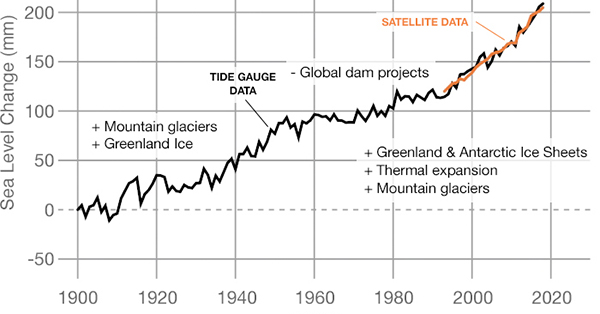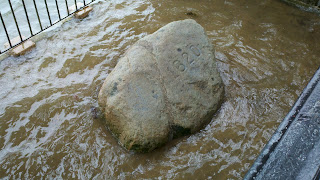Recent observations below the ice sheet at the boundaries of Antarctic glaciers have been able to measure the rate of retreat of the glacier's grounding line. That rate far exceeds any prior estimates of a maximum rate for such movement. This further increases the odds of a catastrophic collapse of Antarctic ice sheets whose weight has forced their bedrock below sea level.
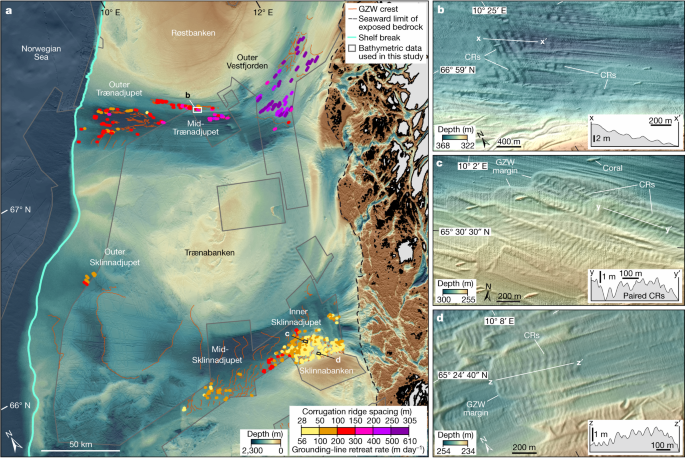
 www.nature.com
www.nature.com

Rapid, buoyancy-driven ice-sheet retreat of hundreds of metres per day - Nature
Analysis of more than 7,600 corrugation ridges on the Norwegian continental shelf shows that rapid grounding-line retreat of several hundred metres per day occurred across low-gradient ice-sheet beds during the last deglaciation.


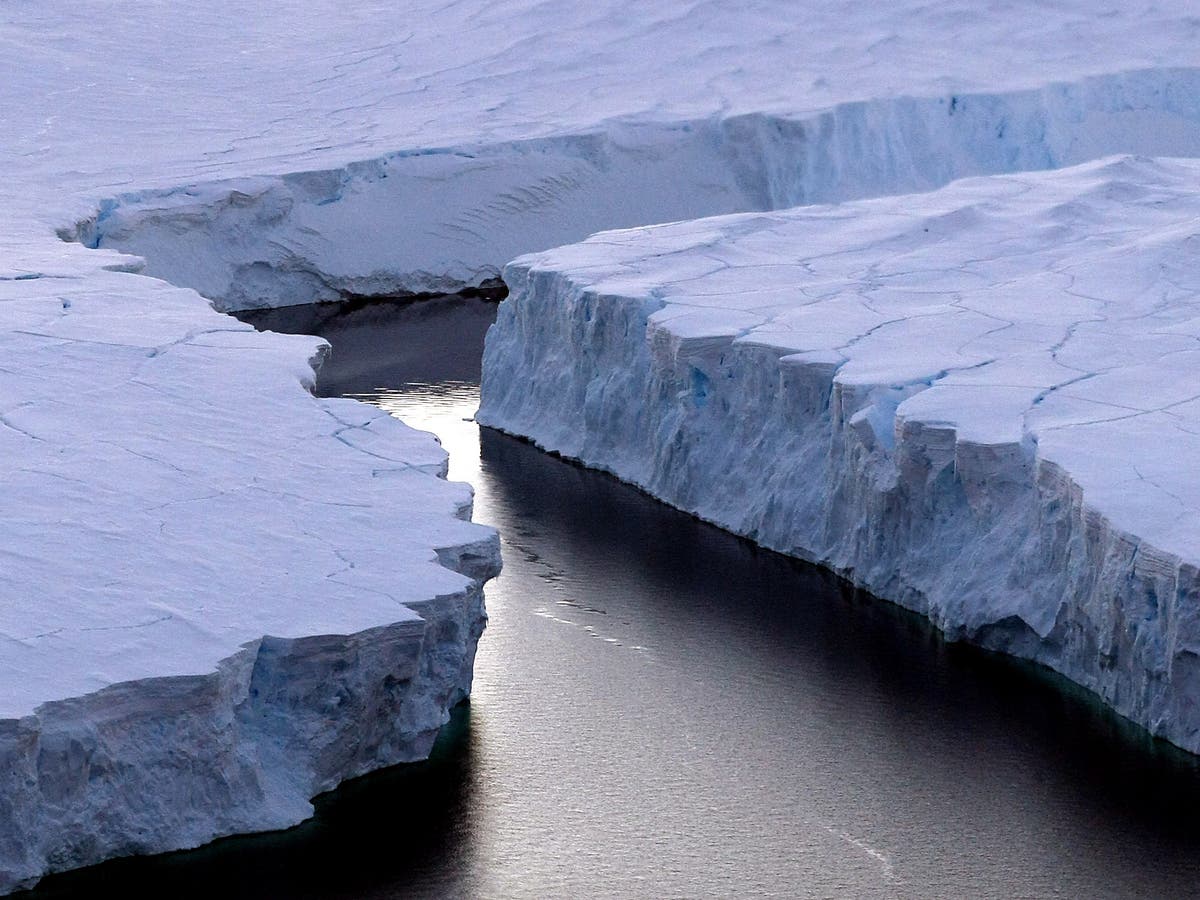




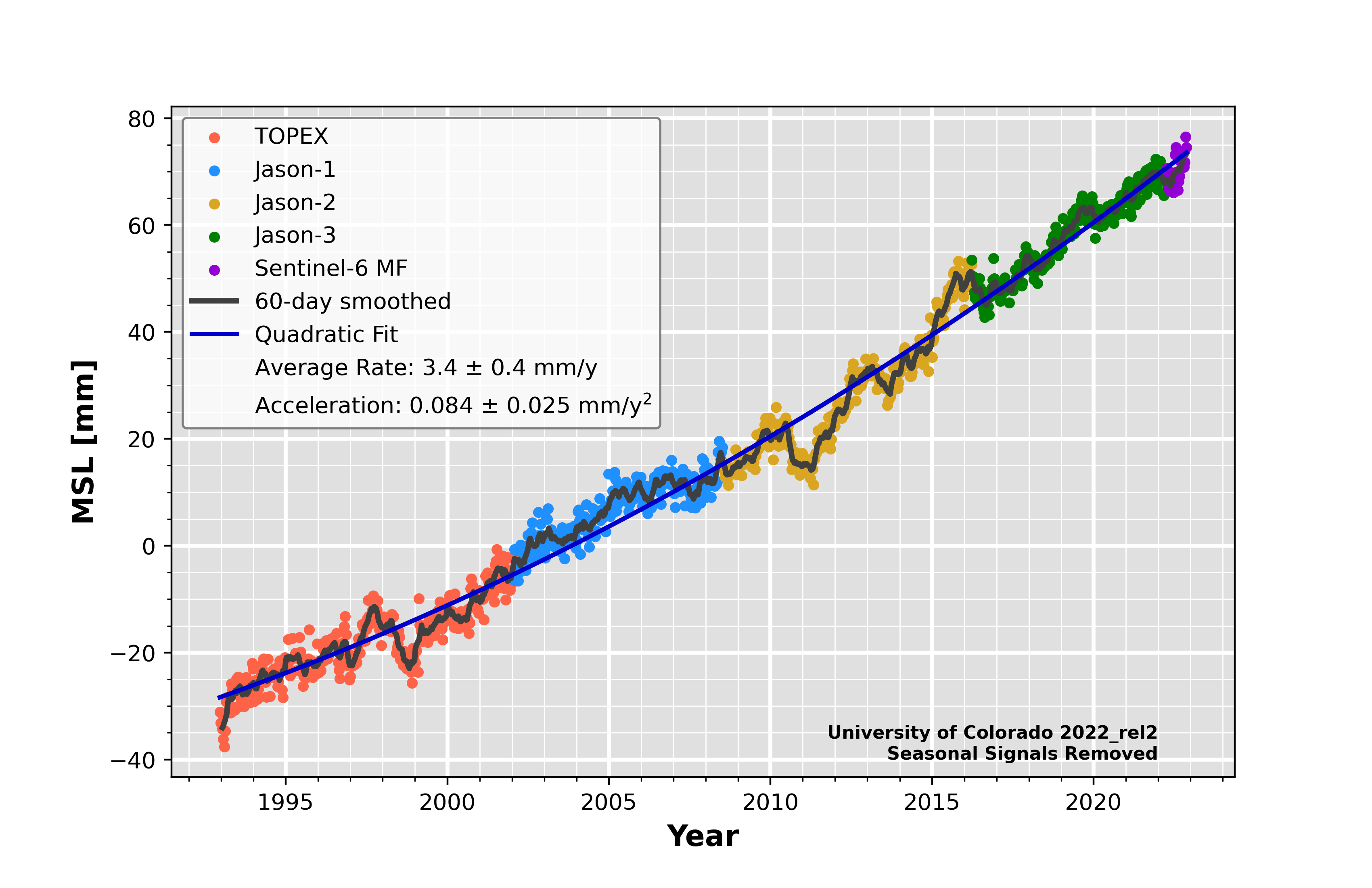
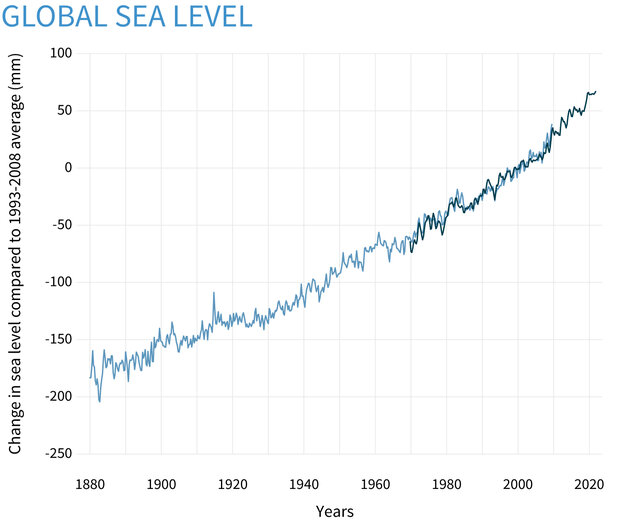
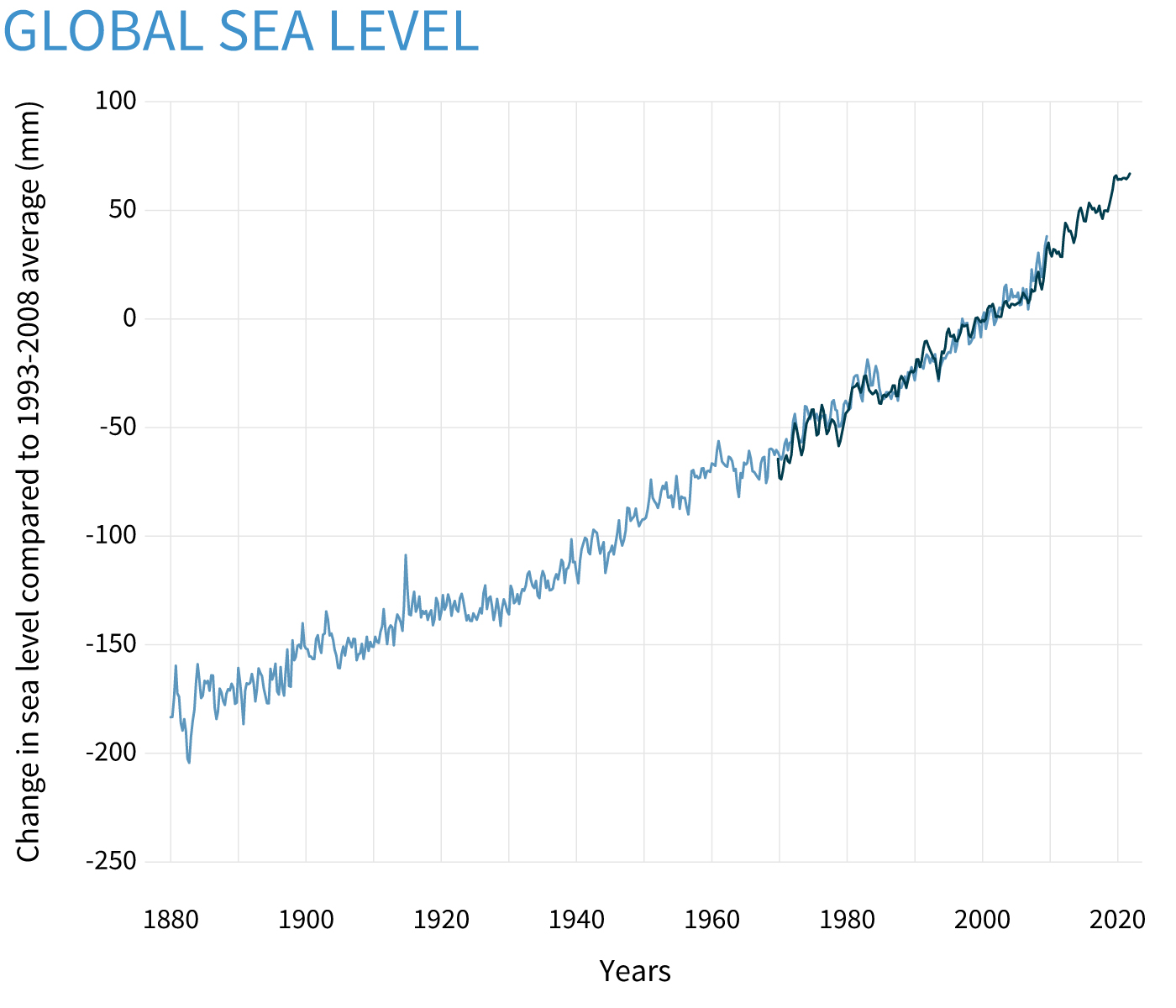
%20(1).jpeg?disposition=inline)
